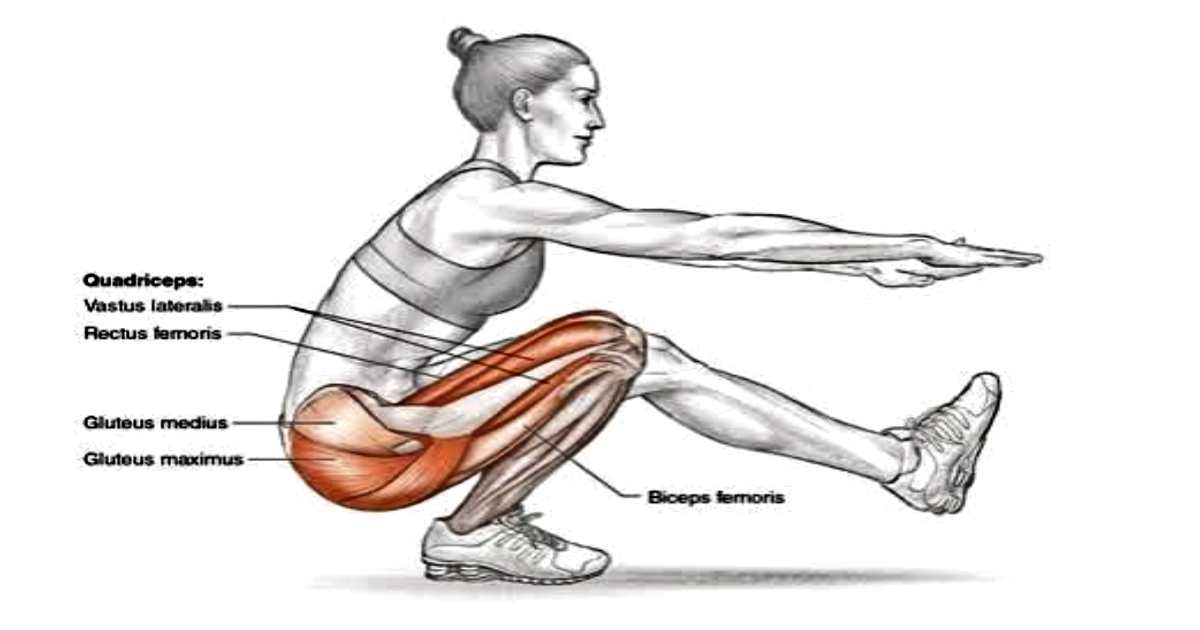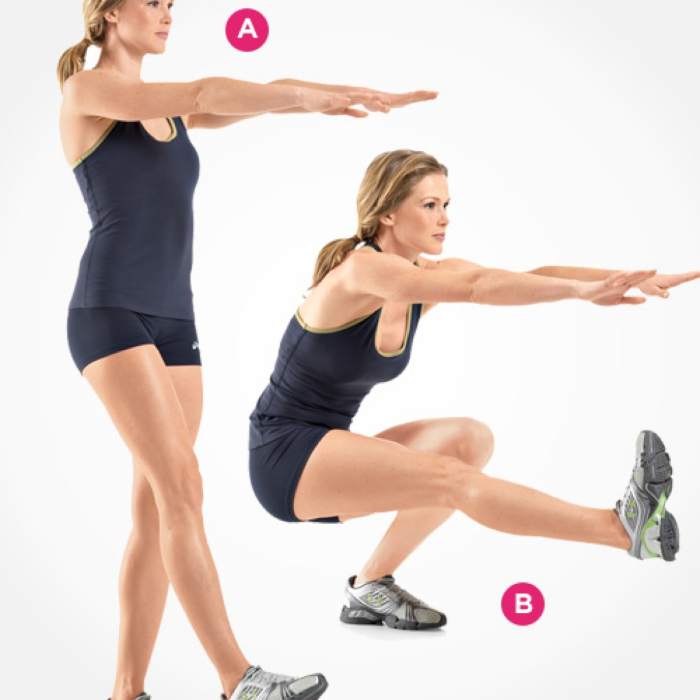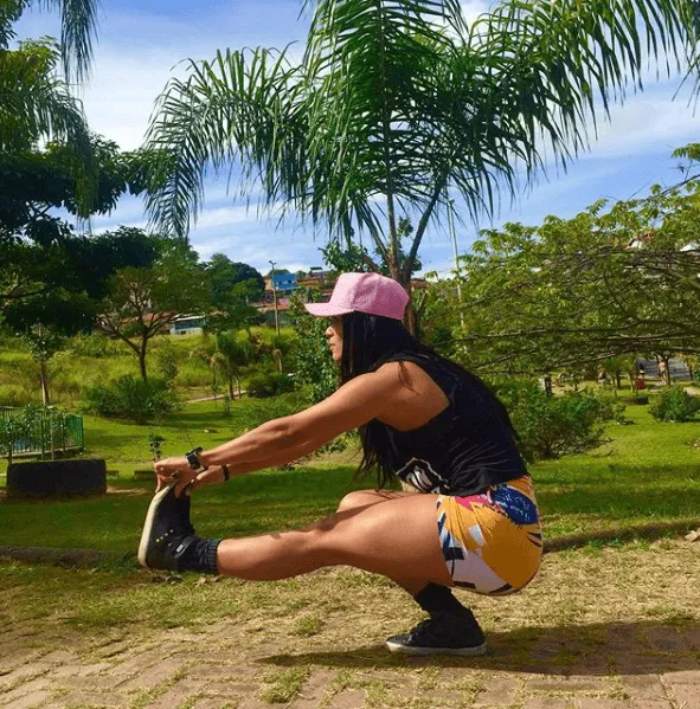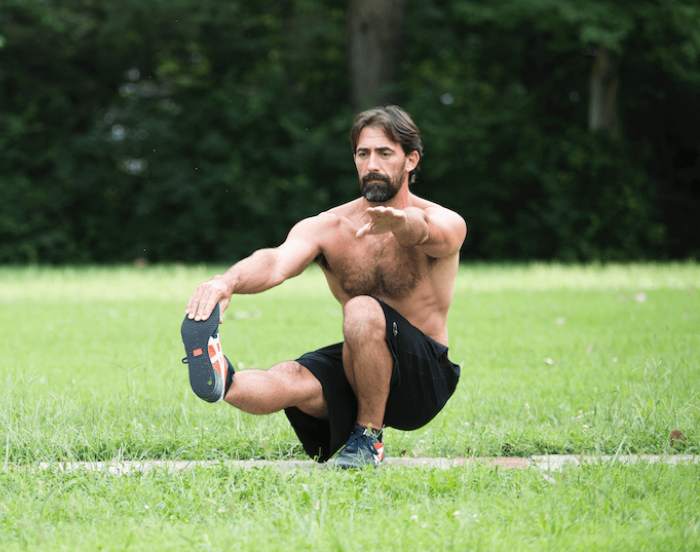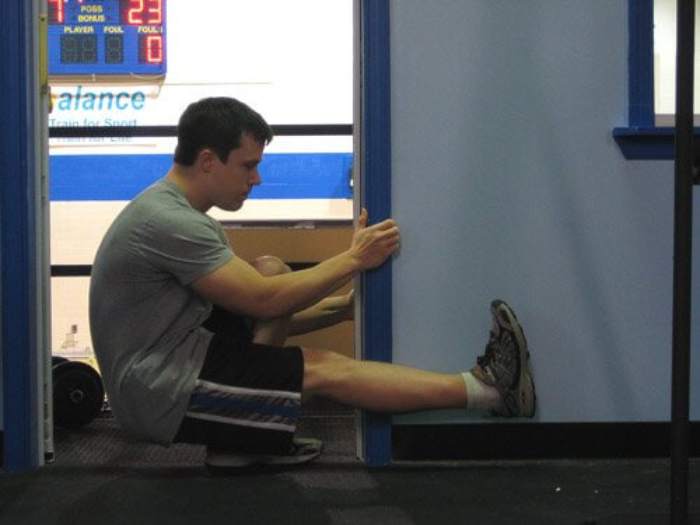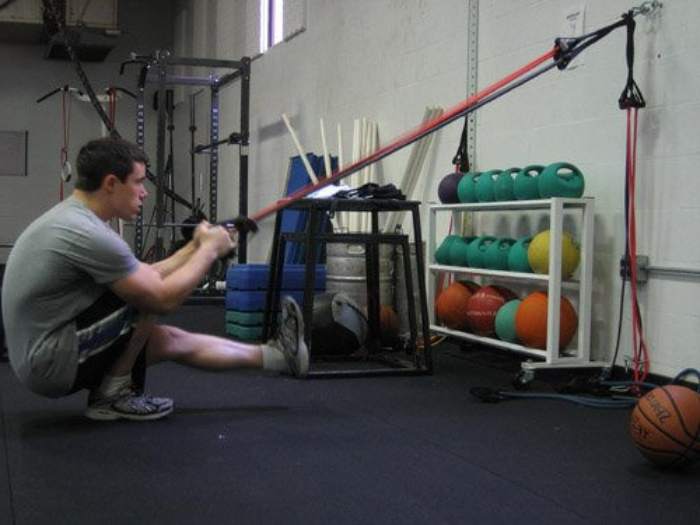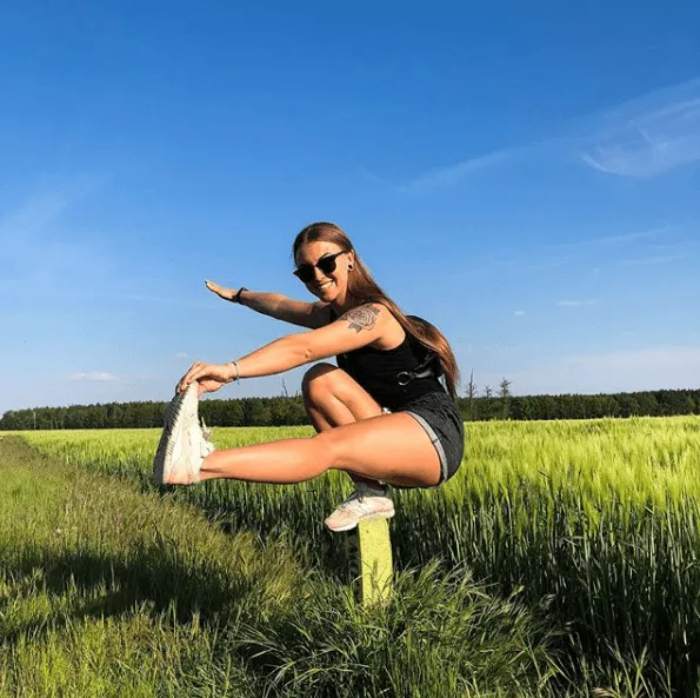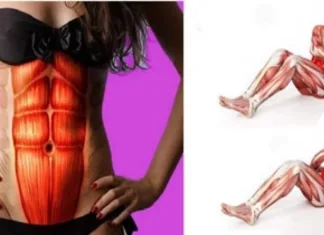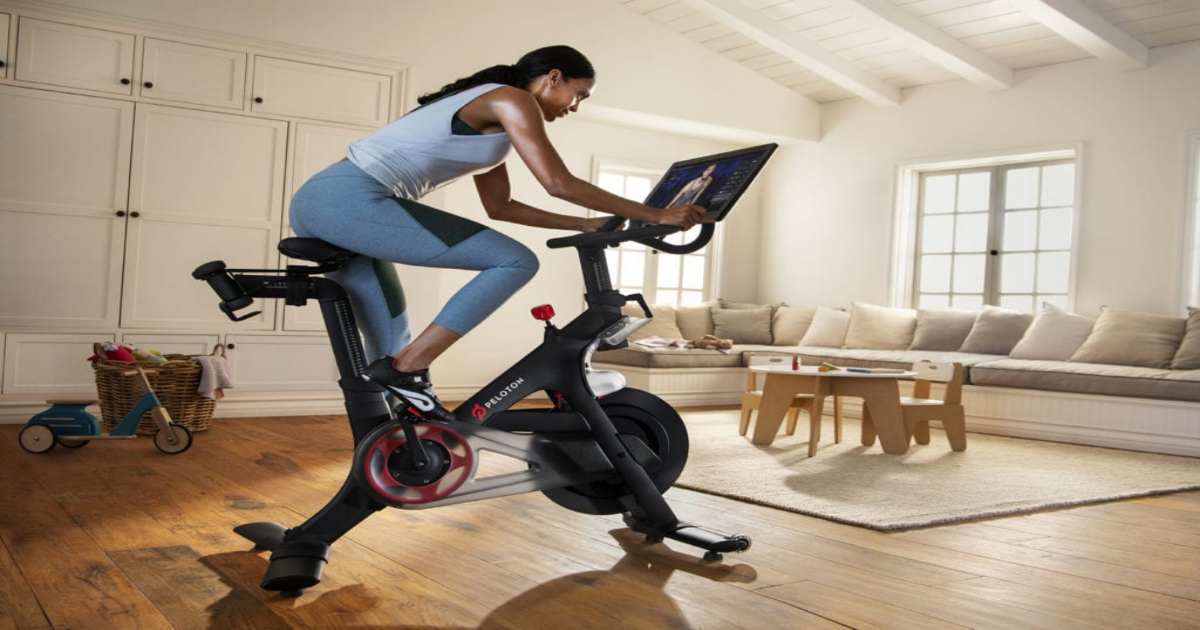Discover the targeted muscles in a pistol squat, a challenging exercise that strengthens legs, glutes, and core with added stabilizer muscle engagement.
The Pistol Squat is a squat with one leg while the other leg is extended forward. It is a very important exercise in calisthenics because it is one of the ways to increase the complexity of the leg exercises, in this case the squat, and to be able to perform it, you do not need any type of equipment.
However, even though it sounds like a simple exercise in the description, it requires many qualities to be able to perform and master it. It requires strength, balance, coordination, flexibility, and concentration. If any of these skills fail, you will not be able to progress through the pistol squat progressions.
What muscles are worked in pistol squat?
The one leg squat is an exercise that primarily works the leg and glute muscles, but also requires work of the stabilizer and core muscles. These are some of the major muscles worked in the pistol squat:
- Quads
- Glutes
- Hamstrings
- Hip, knee and ankle stabilizers.
- Core
Pistol Squat Technique
The technique is the same as for the traditional squat, but in this one-sided exercise it will be much more difficult to keep the back straight, so be careful when performing pistol squats.
It is important to contract the abdomen as much as possible throughout the squat to protect the spine. The arms can be raised to help keep the back straight. Finally, the other leg must be fully extended so that it does not hit the ground, so you must have good hamstring flexibility.
I leave you with a super complete tutorial videol regarding the One Leg Squat:
Benefits of the Pistol Squat
Finally, we will review the many benefits of the pistol squat. Logically, the more difficult the exercise, the greater the benefits. Therefore, even if it is difficult, you should learn how to do the pistol squat.
- Strength – Ultimately, we are moving our own body weight with one leg. Both the glutes and the hamstrings use their muscles to perform the movement while looking elsewhere for support to complete the exercise.
- Coordination – The neuromuscular system is at its best in the pistol squat.
- Flexibility – The lower back, hips and ankles gain a great deal of flexibility.
- Balance – The up-and-down exercise requires us to balance on one leg, so we must keep our weight on the heel of the supported foot at all times.
- Concentration – We need to pay attention to what we are doing and how we are doing it to avoid falls, injuries and problems.
- Hip and Pelvis Stabilization
- It also helps to know if there are deficiencies in either leg.
- Improved overall hip control
Progressions to Achieve the Pistol Squat
Let’s take a look at the progressions to achieve the Postol Squat:
1. Mastering Deep Squats
In order to perform the Pistol Squat, it is important to know how to do basic squats correctly, as they are the foundation of the exercise. Once you have mastered this exercise, it would be a good idea to do weighted squats (although this is not strictly necessary to achieve the pistol squat, it can help).
2. Building Isometric Strength
To build isometric strength, start by placing yourself directly in the deepest phase of a basic squat and try to hold it as long as possible, always looking for the position where you are most comfortable and feel no discomfort. Once you have found balance and stability in this phase of isometric strength, move on to the next phase, which is the same but with one foot lifted off the ground. This can be done with a stool underneath that you can sit on immediately if your strength falters or you lose your balance.
If you cannot find a position where you are not uncomfortable, the problem may be a lack of elasticity in the ankles, which can be corrected by stretching the ankles.
3. Perform negative pistol squats
Just as we often suggest doing the negative (eccentric) part of pull-ups to gain strength, the same strategy can be applied here.
4. Exercise with a Support
Practice pistol squats with a support. This can be a door frame, post, rubber band, TRX, rings, etc. The pistol squat is performed with the arms always supported and following the path of the body.
4.1. Door Support
This is one of the easiest ways to progress in pistol squats, as you can practice the entire movement pattern by decreasing the intensity of the exercise. You can also do it with a pole and walk along the path as you descend and ascend.
4.2. Support with Elastic Bands
In this case, we would increase the intensity a bit, since the rubber bands are not as stable as a door frame or a post. In this case you could also try TRX or rings.
5. Exercises without support
Gradually use less and less support. When you no longer need support to perform the exercise, you have successfully completed the Postol Squat.
Tips on how to do a pistol squat
-
- Always keep your body weight on the heel of the supporting leg. To do this, imagine the knee pushing forward as you begin the exercise.
- You need to compress two areas of your body as much as possible – your abdomen against the top of your thigh and your shin against the top of your foot. If either area is not properly compressed, the weight will shift to your glutes and you will fall backwards.
- More tension = more balance.
- As you descend, try to keep tension on the quadriceps of the straight leg so that it does not touch the ground and destabilize you.
- If you feel discomfort or pain in your knees, it means you are using the wrong technique or you are skipping progressions and are not strong enough. If this happens, check your technique and go back one progression.
- Avoid shoes with too much cushioning, as this encourages uncontrolled weight shifting.
Keep reading: A Strongman vs Bodybuilding – Who Will be Stronger

